Diploma 2017 -”Plants to make Prosfygika beautiful, stones to make her safe” by Ida Helen Skogstad
Looking at the hopes and possibilities for a neglected neighbourhood to become a mediator for reclaiming the city of Athens
Tutors:
APP: Anders Rubing
DAV: Andrea Spreafico
Sustainability: Harald Røstvik
TTA: Sigurdur Gunnarson
Athens, the cradle of democracy, and the portal between the east and the west, has during the latest years come to be known as a capital in crisis.
As one of the world´s oldest cities, it has been through wars, dictatorship, revolution, and in the recent years economical crisis and high influx migration and tourism.
Athens is also the birthplace of the ancient Agora, which literally means ”meeting place”. But even though the Agora is still very much present in the image of the city today, it is perhaps rather a relic, a memory about something belonging to the past.
Today, Athens is a city described not as a city of meeting places, but as dense and repetative. The law of ”antiparochi” took effect after the worker´s migrant boom after world war two. This was a law that enabled small landowners to exchange their lots to constructers, and over a short period of time, following a dense regulation plan, the low storey typology of the city, was replaced by polykatoikias (meaing ”multi? ? dwelling”). This system would exploit the maximum potential of the lots available, enabling anyone to buy apartments at affordable prices - but unfortunately, due to a lacking masterplan, at the expence of public space.
Even though the idea of the Polykatoikia was democratic, the system resulted in a city of social and spatial inequality, and with a strong lack of public space that very much affected the general public life. This lead to the city being left for the suburbs by the upper middle class, leaving the city centre for the less fortunate, the migrants and the tourists.
However, it seems like there is a change; as the lack of public space during the last years has become increasingly visible, and as the government fails to provide, the city is being taken back and re-made by the athenians themselves, part by part. It seems like the crisis is encouraging some sort of shared identity, and rather than looking at Athens as a city in crisis, one may actually look at it as ”fertile ground” - an opportunity to rethink the city.
This diploma is an optimistic investigation on the potentials of Athens, learning from Athens itself. The first part of the project consists of a study of the city, primarily based on walking and experiencing different areas, as well as reading and interviewing people - trying to understand and how areas has changed as a result of the recent year´s events.
Furthermore, I have visited places of particular interest, that clearly shows both potential and optimism - neglected places that has been embraced, and turned into spaces of common, with joy and hope.
One of these places - and the site chosen for the project, is a housing complex called Prosfygika which consits of eight low rise blocks that are centrally placed along one of the main streets in Athens: Alexandras Avenue. The complex, which was built in bauhaus style is one of few examples of social housing in Athens; empasizing on functionality, light and space between the buildings, and was initially built in the thirties in order to house asia minor refugees. At first, looking box like and randomly placed, the neighbourhood was known for being a heterotopia - a place of ”otherness”. But as both the blocks and the space between them was embraced and filled with life by the refugees, it soon became an open and inclusive neighbourhood with a strong sense of community and solidarity.
Unfortunately, as the city grew rapidly in the post war period, the area went from being vast farmland to suddenly becoming a part of the city centre.
The community of Prosfygika suddenly found themselves being completely surrounded by two big hospitals on the top and right side, a big football stadium infront, the head quarter of the police to the right, and the supreme court of greece to the left. All big scale ”power buildings” that cut off Prosfygika´s relation to the rest of the city completely, and once again turned the neighbourhood into a place
of stigmatization - and the space between the buildings became a huge, informal parking lot.
This development led to the neighbourhood becoming prime real estate, and as many from the community were offered to sell their apartments to the government and leave, many chose to stay and fight for their homes. Once again, Prosfygika became a place of otherness, but as the many empty apartments yet has been inhabited by homeless greeks, activists and immigrants, it has also become a place of collaboration and optimism.
The project is, rather than an absolute proposal, a speculation on how one may see the neighbourhood change, according to the hopes and needs for not only the current community appropriating it, but also as a resource for the whole city.
All photos: Ida Helen Skogstad
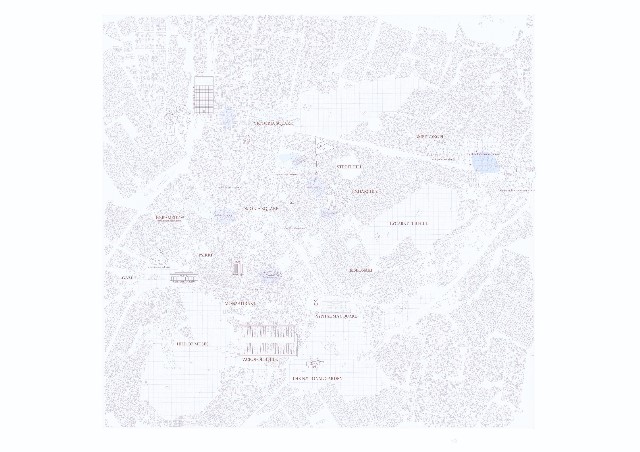
Map of Athens
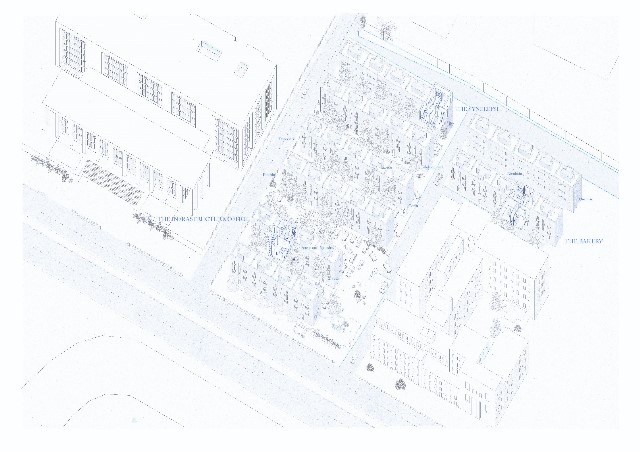
Axonometric view: the site with the ”hidden commons”.

Looking at how ”normal flats” are undersood as common spaces, with nothing else than a simple rearrangement of objects and furniture. Here: the Synelefsi (meaning gathering space).

Situatuon plan with the ”Objects of negotiation”, giving opportunity for community of Peosfygika to discuss and transform the undefined space between and around the blocks with the rest of the city.
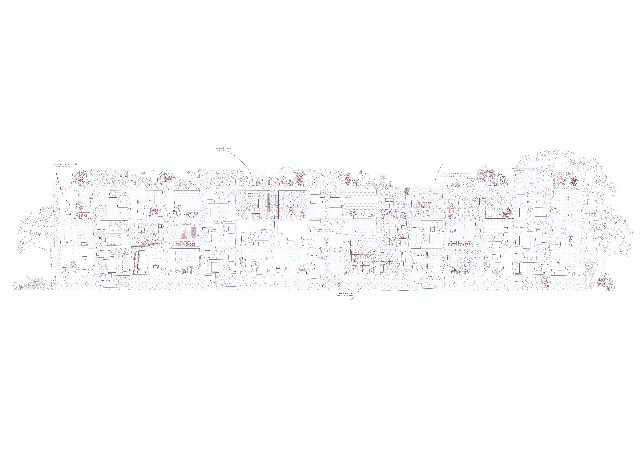
Perspective section showing the intervention strategy within the buildings, making it more porous and open of change and reappropriation.

View from one of the common rooms (shared by the community) through the open kitchen (shared by anyone)
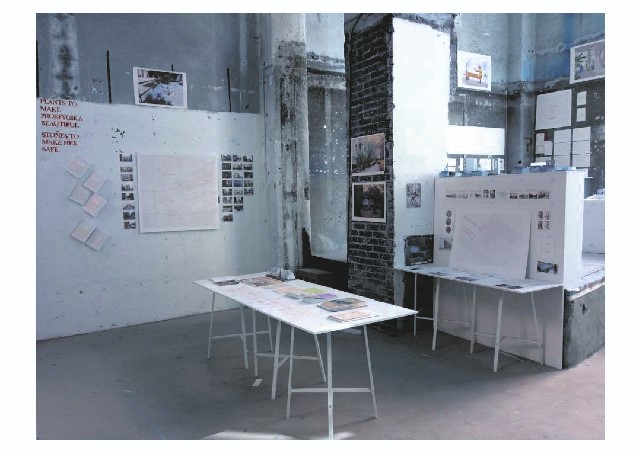
The exhibition: the research part
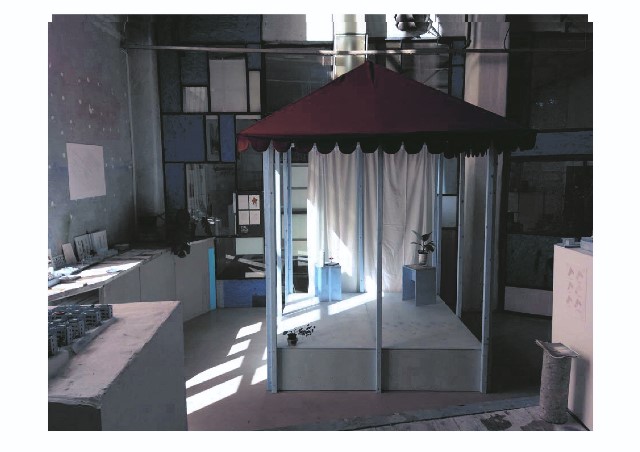
The exhibition: 1:1 of the mini Agora (or the kiosk, if you want)
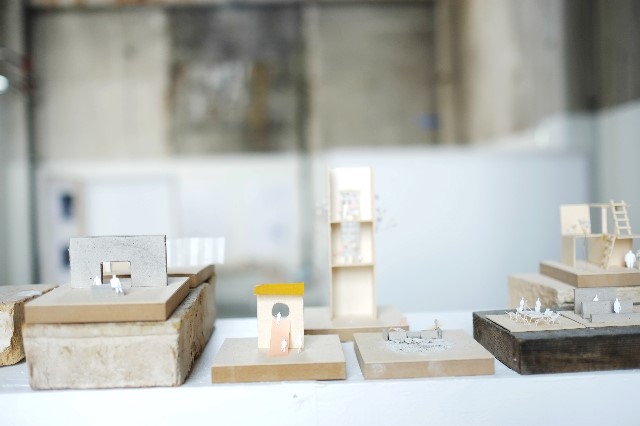
Detail of exhibition: intentional concept models
